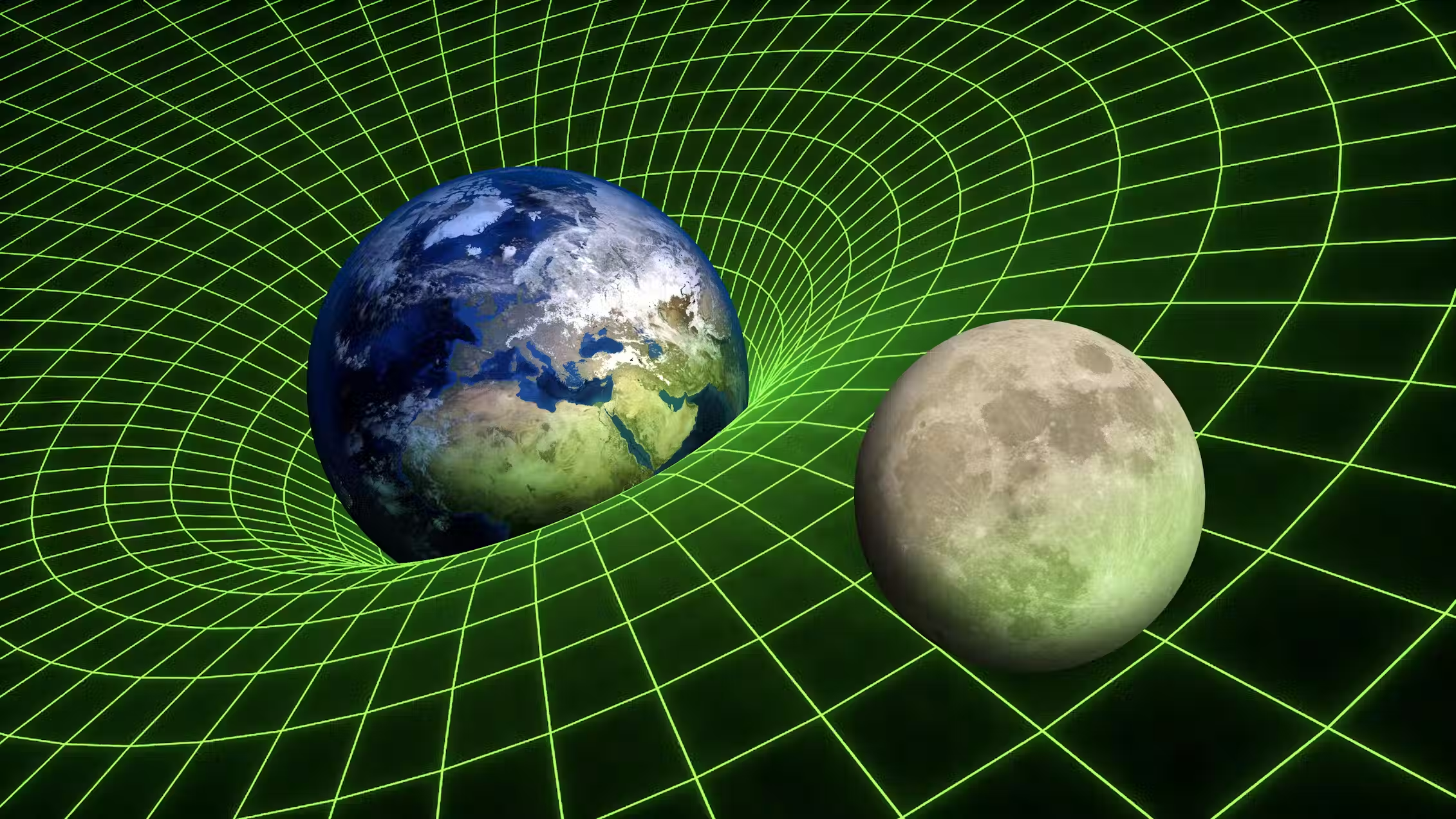Plasma, often referred to as the fourth state of matter, is a fascinating and enigmatic form of matter that exists naturally in the universe. From the searing temperatures of the sun to the intricate workings of modern technology, plasma plays a vital role in numerous fields. In this article, we delve into the captivating realm
Plasma, often referred to as the fourth state of matter, is a fascinating and enigmatic form of matter that exists naturally in the universe. From the searing temperatures of the sun to the intricate workings of modern technology, plasma plays a vital role in numerous fields. In this article, we delve into the captivating realm of plasma physics, exploring its nature, history, applications, and future prospects.
Plasma physics is a branch of physics that studies the behavior and properties of plasma. Unlike solids, liquids, and gases, which commonly encountered in everyday life, plasma is relatively less understood by the general public. However, its importance cannot overstated, as it influences phenomena ranging from the behavior of stars to the operation of cutting-edge technologies.
What is Plasma?
Plasma can described as a state of matter in which atoms ionized, leading to the presence of free electrons and positively charged ions. This ionized gas exhibits unique properties, including the ability to conduct electricity and respond to magnetic fields. Plasma is commonly found in stars, lightning bolts, and fluorescent lights.
History of Plasma Physics
The study of plasma dates back to the late 19th century when scientists began to investigate the properties of ionized gases. Significant advancements were made throughout the 20th century, with notable contributions from researchers such as Irving Langmuir and Hannes Alfvén, who laid the groundwork for modern plasma physics.
Properties of Plasma
Plasma exhibits diverse properties depending on factors such as temperature, density, and pressure. At extremely high temperatures, plasma can reach temperatures exceeding millions of degrees Celsius, leading to the formation of exotic states of matter.
Plasma in Astrophysics

Image by : Yandex
In astrophysics, plasma plays a crucial role in the dynamics of celestial bodies. Stars, including our sun, consist primarily of plasma, where nuclear fusion reactions generate vast amounts of energy. Additionally, phenomena such as solar winds and cosmic rays manifestations of plasma interactions in space.
Plasma in Fusion Energy
One of the most promising applications of plasma physics is in the field of fusion energy. Fusion reactions, which involve the merging of atomic nuclei, have the potential to provide a virtually limitless source of clean energy. Despite significant challenges, ongoing research aims to harness the power of fusion for practical energy production.
Applications of Plasma Technology
Plasma technology finds applications in various industries, including manufacturing, materials processing, and environmental remediation. Plasma-based techniques used for surface modification, sterilization, and the synthesis of advanced materials with tailored properties.
Plasma in Electronics
In the realm of electronics, plasma plays a critical role in semiconductor manufacturing and microfabrication processes. Plasma etching and deposition techniques enable the precise patterning and layering of materials, facilitating the production of integrated circuits and electronic devices.
Plasma technologies offer innovative solutions to environmental challenges, including air and water pollution control, as well as waste treatment. Plasma-based systems can efficiently remove pollutants, disinfect water, and convert organic waste into valuable resources, contributing to sustainable development efforts.
Challenges and Future Directions
Despite its vast potential, plasma research faces various challenges, such as controlling plasma instabilities, enhancing confinement, and developing practical fusion reactors. However, ongoing advancements in plasma diagnostics, computational modeling, and experimental techniques hold promise for addressing these obstacles and unlocking new possibilities in energy, technology, and scientific exploration.
Conclusion
Plasma physics continues to captivate scientists and engineers with its intricate phenomena and wide-ranging applications. From unraveling the mysteries of the universe to powering the technologies of tomorrow, plasma remains at the forefront of scientific inquiry and technological innovation. As we embark on this journey into the heart of matter, let us embrace the challenges and opportunities that lie ahead, driven by curiosity, ingenuity, and a sense of wonder.
FAQs
What some everyday examples of plasma?
Everyday examples of plasma include lightning, fluorescent lights, and certain types of flames.
How is plasma different from gas?
Unlike gas, plasma consists of ionized particles, including free electrons and positively charged ions, which exhibit unique electrical properties.
Can plasma created artificially?
Yes, plasma can generated artificially using various methods, such as heating gases to high temperatures or subjecting them to electromagnetic fields.
What the risks associated with working with plasma?
Risks associated with working with plasma include exposure to high temperatures, electrical hazards, and potential chemical reactions.
Is fusion energy using plasma a realistic possibility?
While significant challenges remain, fusion energy utilizing plasma holds promise as a sustainable and abundant source of clean energy for the future.
















